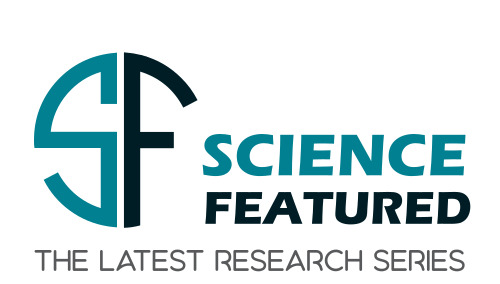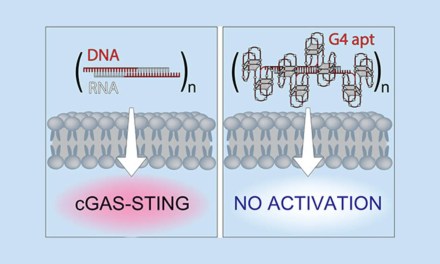Recent research led by Professor Silke Leimkühler from the University of Potsdam has revealed new insights into how transfer RNA (tRNA) is modified in Escherichia coli (E. coli), focusing on a key enzyme called MnmA. The findings, published in the journal Inorganics, challenge previous beliefs about the role of iron-sulfur clusters in this process, showing that the MnmA enzyme works only in the absence of these clusters. This discovery is an important step in understanding the molecular processes behind tRNA modification and could help explain why these processes vary in different species.
The researchers explored how MnmA helps to add sulfur to a specific part of tRNA, a process that is vital for the molecule to work correctly in translating genetic information into proteins. Sulfur modifications at certain positions in tRNA ensure proper matching of genetic codes and help maintain the stability of the molecule. Earlier studies suggested that MnmA might depend on iron-sulfur clusters for this modification, but whether that was true in E. coli was unclear. In other species, thermophilic archaea, similar enzymes need iron-sulfur clusters, but it was uncertain if this applied to the E. coli MnmA enzyme.
The scientists conducted detailed experiments to clarify this. They purified MnmA from E. coli under both conditions with and without oxygen and attempted to add iron-sulfur clusters to the enzyme. They found that although MnmA can bind iron-sulfur clusters, having the cluster actually stops the enzyme from working properly. In fact, MnmA works best without the cluster, making it clear that this enzyme does not require iron-sulfur clusters to function in E. coli. “Our research proves that MnmA operates without needing iron-sulfur clusters in E. coli,” Professor Leimkühler said, stressing the importance of the findings.
The scientists also purified the MnmA enzyme with and without the iron-sulfur clusters and tested its ability to add sulfur to tRNA in laboratory conditions. To do this, they used tRNA from a special strain of E. coli that cannot form iron-sulfur clusters on its own. The results were clear: only the MnmA enzyme without iron-sulfur clusters was able to perform the sulfur transfer. When the cluster was present, the enzyme failed to work, confirming that the cluster actually blocks the modification process.
The study also found that MnmA can only bind to tRNA from its own species, and this ability is not affected by whether or not it has iron-sulfur clusters. This species-specific behavior could explain why similar enzymes in other organisms require different conditions to function.
These researchers believe these findings have a broader significance beyond just understanding how E. coli works. Modifications like the one studied are essential for the process of making proteins. When something goes wrong in this process, it can lead to problems like diseases. In humans, for example, defects in similar pathways have been linked to health conditions like diabetes and certain mitochondrial diseases. This research helps to clarify one part of the puzzle by showing how tRNA modification works without iron-sulfur clusters in bacteria, paving the way for further studies to understand how these processes might differ in other species or under different environmental conditions. In particular, the oxygen sensitivity might provide a regulatory way to ensure, that MnmA works mainly under oxygen stress conditions, when the tRNA thiolations might be of higher importance to ensure an accurate deciphering of the genetic code and thus might provide an “oxygen switch” regulatory mechanism.
The team’s work shows that MnmA in E. coli functions just fine without the iron-sulfur clusters, and these clusters actually hinder its activity. This finding helps resolve a debate in the scientific community and gives a clearer picture of the molecular mechanisms behind tRNA modification in bacteria. These insights will likely guide future research into how similar processes work in other species and how these modifications impact the larger biological processes involved in protein synthesis.
Journal Reference
Ogunkola, M., Wolff, L., Fenteng, E. A., Duffus, B. R., & Leimkühler, S. (2024). “E. coli MnmA is an Fe-S Cluster-Independent 2-Thiouridylase.” Inorganics, 12(3), 67. DOI: https://doi.org/10.3390/inorganics12030067













































